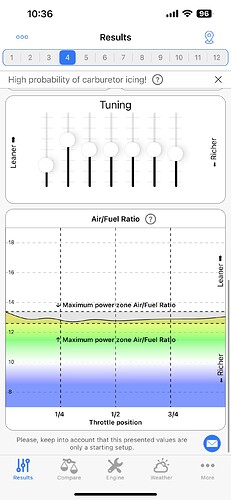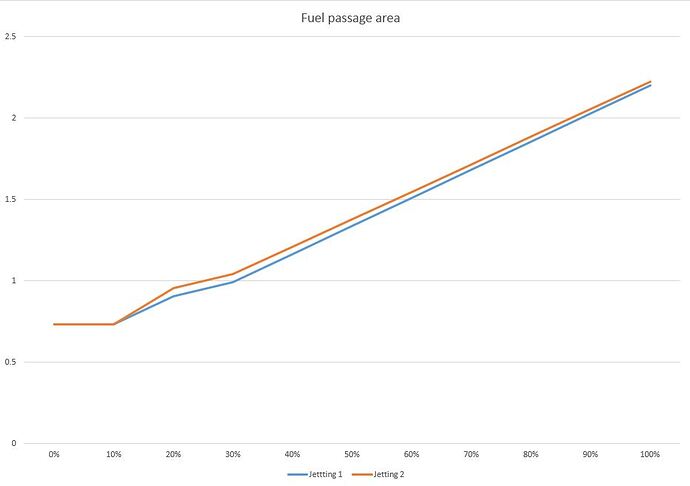There has been a lot of great dialogue in @Andy_DiGiusto’s KZ Cost of Ownership thread, some of which has ventured into jetting-related conversations. I’ve been doing a lot of thinking on this topic lately, so I figured it couldn’t hurt to start another topic to discuss intricacies that are not often discussed out in the open.
First off, kudos to Andy for sharing his experience on this topic, and KZ in general. His knowledge has certainly helped demystify some things for me, as I’m sure it has for others. One thing that I’ve found, and would like to emphasize for others, is that it is very easy to get lost in the weeds, and overcomplicate things. As others have alluded to, large jetting changes in the wrong direction can result in catastrophic failure. As Andy has mentioned in his recent thread, it’s best to keep things simple.
That said, for those interested in going down the rabbit hole, here we go…
As with anything in racing, many of us have our greatest learnings through good ole trial and error. I have enough experience in this sport to generally keep me on the right path, but I’ve certainly made a couple of errors with regards to jetting in the last year that have humbled me. The compilation of these errors, combined with a commitment to running a full season of KZ (Masters ![]() ) in 2023, has prompted me to seek a better understanding of the Dellorto KZ carb.
) in 2023, has prompted me to seek a better understanding of the Dellorto KZ carb.
The aspect of the Dellorto that I most undervalued was also the source of the aforementioned errors: the Conical Needle. Upon viewing Dellorto’s needle chart for the varations of the K-series needles, it can be tough to know where to start. Additionally, most people have a tendancy to instead focus on the main jet size, and not mess around with the needle beyond changing clip position. Provided one starts with a reasonable needle out of the gate, the set it and leave it strategy is the best way to go for MOST people. However; for those interested in tinkering (lord knows I’m one of these people, for better or for worse), there are a couple of important points to keep in mind:
- Some needles will flat out not work for your application
- Dellorto’s needle numbering system, e.g. K1-K98, does not follow any sort of logical progression. In other words, you can’t expect to go from a K28 to a K29 and experience an outcome at all related to a “one point” progression.
So I took some time to identify needles that might be remotely relevant to my application (TM KZ-R1), and mapped their characteristics in an Excel file by graphing fuel flow area (within the atomizer) vs. throttle opening percentage. Below is an image of some of the needle combinations mentioned in recent threads by @Andy_DiGiusto, @Lborka, @ohasha, and others.
Before getting to that, here are a few caveats to mention:
- This graph only takes into account needle, clip position, and atomizer size. Essentially it assumes that ALL other factors are constant (main jet, idle jet, etc.).
- This strictly captures fuel flow vs. throttle position. This is not based on RPM. Right end of the graph is WOT, left side is throttle closed.
- This does NOT factor in any fuild dynamic principals, or anything or that sort that may affect the real world outcomes. I’m not an engineer, and I have 0% knowledge on fluid dynamics, and frankly most things.
- Number of clip positions available on a given needle matters. Some have three, four, or five positions, with each configuration having different spacing between each position. The K8 mentioned by @ohasha is one that I don’t own, so for simplicity I assumed it to be a 5-position needle, and can easily update the output if it happens to be another configuration, though it will not drastically change the output.
- I’m not sure why the x-axis goes to 101. Unless you’re a far more gifted driver than me, just ignore that last 1%

- This graph may not be free of error. I compiled data for 12 needles, their respective clip positions, and four different atomizers for most of these needles. There was some geometry involved, which really tested my Googling skills. I feel confident that my data and logic are sound, but you know…errors can happen.
Anyways, this was a fun little project. Whether or not it makes me faster this year will be a whole different issue ![]()












